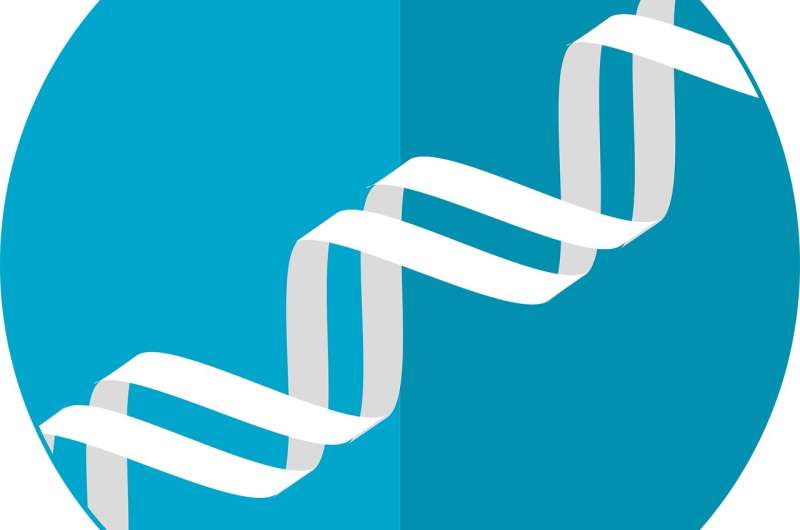Cellular benefits of gene therapy seen decades after treatment

An international collaboration between Great Ormond Street Hospital, the UCL GOS Institute for Child Health and Harvard Medical School has shown that the beneficial effects of gene therapy can be seen decades after the transplanted blood stem cells has been cleared by the body.
The research team monitored five patients who were successfully cured of SCID-X1 using gene therapy at GOSH. For 3-18 years patients' blood was regularly analyzed to detect which cell types and biomarker chemicals were present in their blood. The results showed that even though the stem cells transplanted as part of gene therapy had been cleared by the patients, the all-important corrected immune cells, called T-cells, were still forming.
Gene therapy works by first removing some of the patients' blood-forming stem cells, which create all types of blood and immune cells. Next, a viral vector is used to deliver a new copy of the faulty gene into the DNA of the patients' cells in a laboratory. These corrected stem cells are then returned to patients in a so-called 'autologous transplant', where they go on to produce a continual supply of healthy immune cells capable of fighting infection.
In the gene therapy for SCID-X1 the corrected stem cells have been eventually cleared by the body but the patients remained cured of their condition. This team of researchers suggested that the 'cure' was down to the fact that the body was still able to continually produce newly-engineered T cells—an important part of the body's immune system.
They used state-of-the-art gene tracking technology and numerous tests to give unprecedented details of the T cells in SCID-X1 patients decades after gene therapy.
The team believe that this gene therapy has created the ideal conditions for the human thymus (the part of the body where T cells develop) to host a long-term store of the correct type of progenitor cells that can form new T cells. Further investigation of how this happens and how it can be exploited could be crucial for the development of next generation gene therapy and cancer immunotherapy approaches.
More information: Natalia Izotova et al, Long-term lymphoid progenitors independently sustain naïve T and NK cell production in humans, Nature Communications (2021). DOI: 10.1038/s41467-021-21834-9

















